Toulouse
Top Tourist Attractions in Toulouse & Easy Day Trips
In the early morning and late afternoon, the rosy-toned brick buildings of Toulouse have a special glow, earning the city its title, "La Ville Rose" ("The Pink City"). Toulouse is at the heart of sultry Southwestern France not far from the border with Spain. The warm, sunny climate and friendly locals give Toulouse an inviting ambience. Although it's a major industrial city, Toulouse has a laid-back vibe. In this part of France, people speak slowly with drawn-out vowels, just as they linger over coffee at outdoor cafés and dawdle in the town squares. For tourists learning French, this is the perfect place to practice.
A great way to begin a tour of Toulouse is by journeying back in time to the era of medieval pilgrimages at the UNESCO-listed Basilique Saint-Sernin. Next, visitors can explore a 13th-century convent exemplifying Southern Gothic style or spend time walking around the Place du Capitole, lined with red-brick architectural landmarks. Toulouse is also home to excellent archaeology and fine arts museums. Be sure to enjoy the sidewalk cafés and regional cuisine. Toulouse is famous for its hearty specialties like cassoulet (meat and bean stew) as well as crystallized violet candies.
1 Basilique Saint-Sernin
One of the most glorious churches on the medieval pilgrimage road to Santiago de Compostela in Spain, the Basilica of Saint-Sernin is a superb example of Romanesque art. This exquisite church, built in the 11th to 13th centuries, is a UNESCO World Heritage Site. Constructed from the red bricks typical of Toulouse, the Basilica has a five-aisled nave and three-aisled transept in the Romanesque style. The church is dedicated to Saint Saturninus (Sernin) of Patras, Greece, who was martyred by being tied to a bull. The Basilica stands on the site of an earlier church where the Saint was buried (now his tomb is in the apse).
Admire the Basilica's facade with is magnificent doorway adorned with intricate sculptures such as King David and the Apostles. Enter the ancient sanctuary to experience the serenity of the place. The interior features a lovely 16th-century to 17th-century choir encircled by nine chapels. Be sure to explore the ambulatory, which has seven remarkable 11th-century marble reliefs. In the north transept is an enormous carved Romanesque crucifix. The crypt houses the Treasury with numerous precious relics. The Basilica's six-story clock tower has an octagonal shape commonly found in churches of Languedoc. To stay relevant with modern pilgrims and visitors, the Basilica presents interesting rotating exhibits of contemporary religious art.
2 Couvent des Jacobins
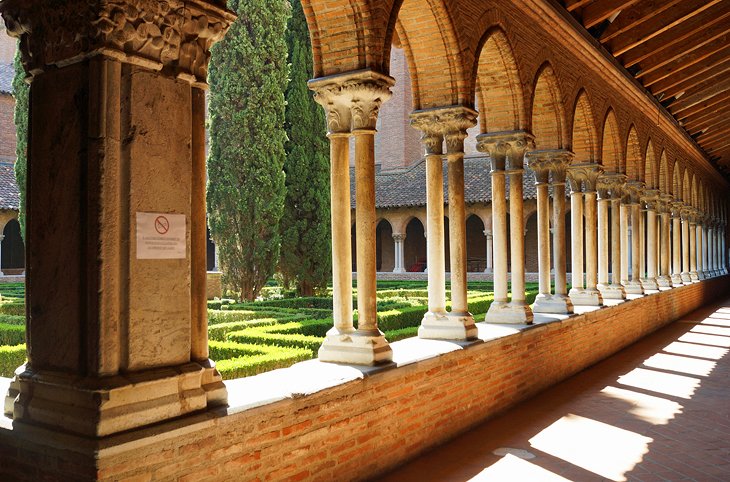
A beautiful example of Southern Gothic architecture, the Couvent des Jacobins was founded as a Dominican monastery in the 13th century. The convent, built between 1260 and 1292, was constructed entirely from the red bricks of Toulouse and has a similar tower as the Basilique Saint-Sernin. The massive and austere exterior contrasts with the delicate interior architecture. Inside the convent's church, the two-aisled nave features inspiring vaulting, with the famous palm-frond shaped ribs radiating from seven central piers in the choir. There is a chapel dedicated to Saint Antonin, which is decorated with a series of 14th-century mural paintings. The church also possesses relics of Saint Thomas Aquinas. The most tranquil area of the convent is the cloister, an inspiring space of arched colonnades created in 1307. Throughout the year, the convent presents exhibitions in the refectory.
For several evenings in June, the convent hosts classical music concerts as well as special late-night openings, when the convent stays open to the public until midnight so that visitors can experience the magical and solemn nighttime spiritual ambience. In September, a classical piano festival takes place at the convent, with concerts held in the cloister as well as in other spaces of the monastery property.
3 Place du Capitole
The hub of Toulouse life is the bustling Place du Capitole. This town square showcases the classic architecture of Toulouse. On the west side of the square, there are beautiful arcades. On the east side of the square is the celebrated 18th-century Capitole building. The Capitole was named after the old chapter of magistrates (capitouls) who once met here and it is now the Hôtel de Ville (Town Hall). The remarkable facade features eight immense columns of pink marble. The most spectacular room of the Capitole is the Salle des Illustres inspired by the Farnese Gallery in Rome with its gilded moldings and cartouches. This hall and other historic rooms of the Capitole are open to the public on the first Sunday of every month. The ancient 16th-century defensive tower is visible behind the Capitole and the Theatre du Capitole is just a few steps away. To further discover the historic center of Toulouse, continue south of the Place du Capitole to arrive at the Vieux Quartier (Old Quarter). This medieval quarter has many charming pedestrian streets lined with shops and cafés, especially the Rue Saint-Rome and Rue des Changes.
4 Musée des Augustins: Fine Arts Museum
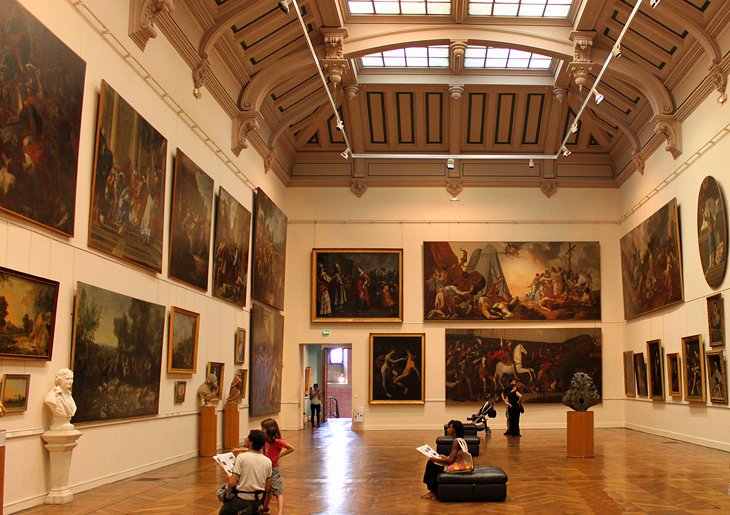
In a sumptuous building that was formerly an Augustinian monastery, the Musée des Augustins displays a well-rounded collection of paintings and sculptures. The painting collection represents works from the Renaissance to the 20th century, while the sculpture collection spans the Romanesque period to the modern era, with especially splendid pieces from the late Middle Ages. The monastery's church now displays a collection of 15th-century to 17th-century paintings; among the highlights are paintings by Pietro Pérugino, Peter Paul Rubens, and Nicolas Tournier. The 17th-century to 19th-century collection is also noteworthy, especially for the paintings by Eugène Delacroix, Jean-Auguste-Dominique Ingres, and Jean-Paul Laurens. Visitors should take their time admiring the extensive art collections while discovering the historic building, with its graceful architecture featuring a monumental stairway and spacious, sunlit rooms.
5 Fondation Bemberg: Museum of Fine Arts and Decorative Arts
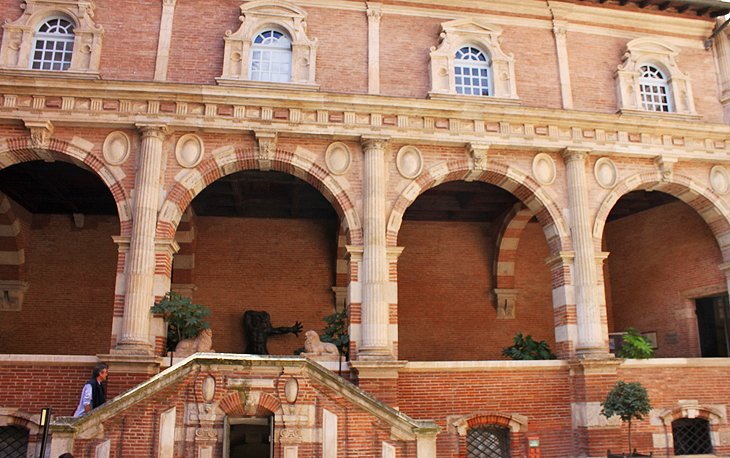
This outstanding fine arts and decorative arts museum is housed in the Hôtel d'Assézat, an extravagant 16th-century mansion on the Rue de Metz (a little way east of the Pont-Neuf). The Hôtel d'Assézat is an opulent hôtel particulier that was built for the Capitoul Pierre d'Assézat, who made his fortune from producing plant dye (an important industry at the time). A unique architectural feature of the building is the courtyard, with its ornate sculptural details and arcaded loggia. The Hôtel d'Assézat has been restored and beautifully displays the collections of the Fondation Bemberg, including paintings, bronze sculptures, and objects of art. Highlights of the painting collection are works from the Renaissance and modern French School as well as pieces by Impressionists Claude Monet and Eugene Boudin and Post-Impressionists Pierre Bonnard and Edouard Vuillard.
6 Musée Saint-Raymond: Archaeology Museum
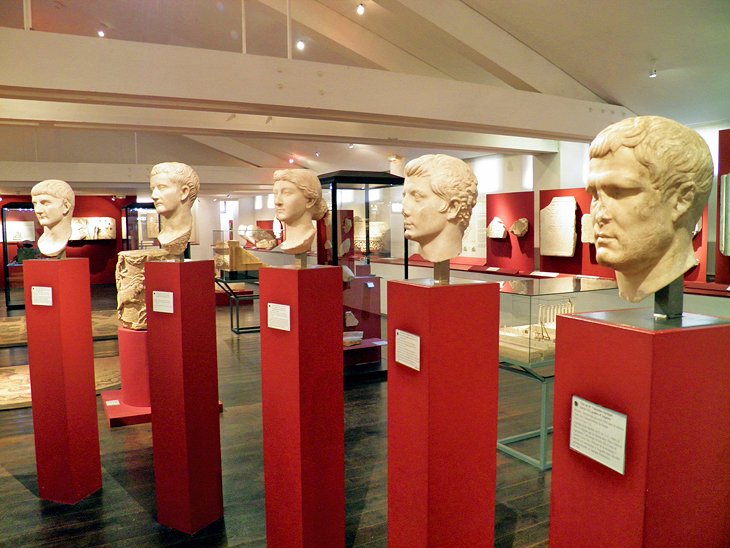
Opposite the Basilique Saint-Sernin, the Musée Saint-Raymond has a wonderful collection of archaeological finds and antiquities. The museum is housed in a medieval university building, which is a listed historic monument. The collection covers archaeological discoveries of the prehistoric period and antiquities from the Roman era and the Early Middle Ages. A highlight of the museum is the gallery of Roman sculptures, including mythological works and Roman portraits found at the Villa Chiragan; this remarkable collection is on par with the antiquities of the Louvre. After viewing the collections, take a moment to relax in the Garden of Antiquities. Planted with laurels, cypresses, vines, and olive trees, the garden is designed to evoke a classical Roman landscape. The garden has a café with terrace seating where visitors can enjoy refreshing cold drinks, coffee, or snacks. Visitors are also welcome to take a stroll about the gardens.
7 Cathédrale Saint-Etienne
A blend of architectural styles, the Cathedral of Saint-Etienne was constructed over five centuries, explaining the disunity of its design features. When it was built at the end of the 12th century, the cathedral's 19-meter-wide nave was the widest vaulted structure of its kind in Europe. The wide, Southern Gothic nave is called a "Raymondine." The cathedral was later transformed in the North Gothic style to rival the great cathedrals of Northern Europe. Besides its massive tower, the cathedral has elaborate decorative elements. Splendid stained-glass windows, especially the large rose window, allow ethereal light to filter into the sanctuary. Also worth exploring are the cathedral's 17 chapels and the beautiful tapestries from the 16th to 18th centuries.
For centuries, choir organ music has been an important tradition in Toulouse. A fine example of this cultural heritage is the cathedral's grandiose organ, which delights audiences with ethereal sounds during the annual Toulouse les Orgues (Toulouse International Organ Festival) concerts.
8 Les Abattoirs: Museum of Modern Art
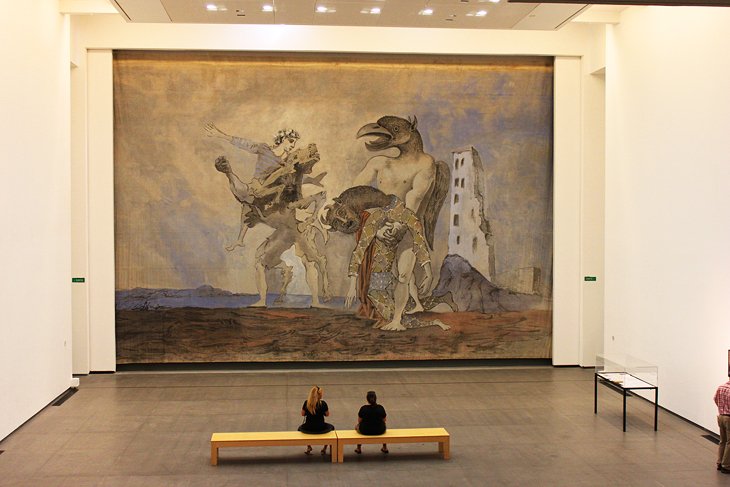
Toulouse boasts a variety of museums to represent every genre of art. Les Abattoirs is the modern and contemporary art museum. With a collection of more than 4,000 works, the museum brings together paintings, photographs, drawings, and graphic works along with a small group of sculptures. The collection focuses on art created since the 1950s, including avant-garde contemporary pieces. The permanent collection represents the works of more than 700 artists. Some of the renowned works include paintings by Jean Dubuffet, Marcel Duchamp, and Vasarely, as well as photographs by Robert Mapplethorpe. The museum also hosts temporary exhibits, concerts, performances, and educational lectures throughout the year.
9 Musée Paul-Dupuy: Decorative Arts and Graphic Arts
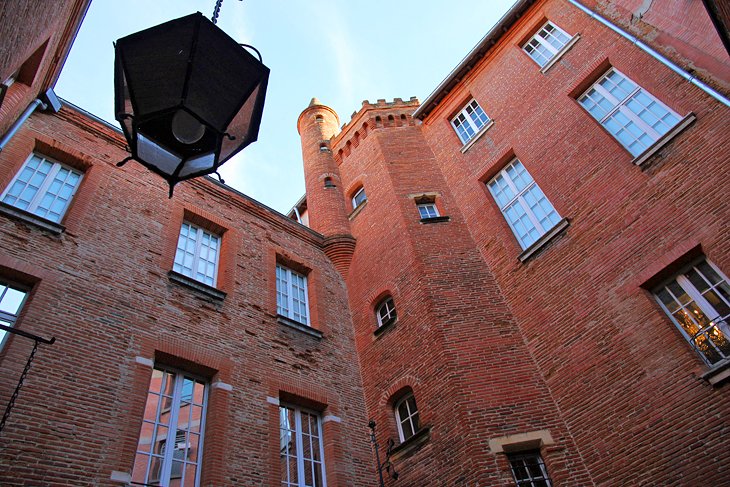
This charming museum is housed in the Hôtel Besson, a beautifully restored historic mansion. The museum's collection displays decorative arts and graphic arts dating from the Middle Ages to the early 20th century. There are lovely antique enamels, textiles, regional ceramic faïences, and wooden sculptures. The exhibit of watches and automation is especially interesting. One room of the museum displays an actual 17th-century Jesuit chemists' apothecary shop, complete with wooden cabinets and antique medicine jars. The museum also hosts temporary exhibitions twice a year.
10 Chapelle des Carmélites
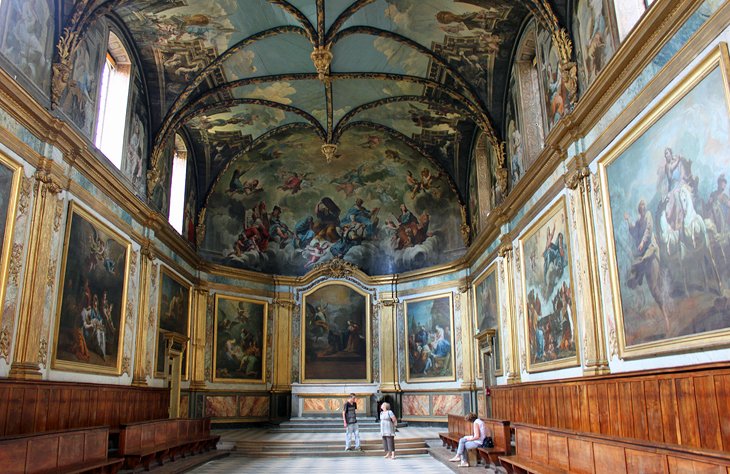
Considered a masterpiece of religious art and architecture, this 17th-century chapel was originally founded by King Louis XIII and his wife Anne of Austria in 1622 for the Carmelite convent. Although the convent was destroyed during the French Revolution, the chapel was spared. The chapel's wall paintings and murals by Jean-Pierre Rivals and Jean-Baptiste Despax have been well preserved. Admire Jean-Pierre Rival's celestial ceiling paintings, filled with angels and cherubs, inspired by the Sistine Chapel at the Vatican. The chapel's artwork was begun by Rivals and completed by Despax. Entry to the chapel is free, except when concerts are held here. One of the most enjoyable things to do in Toulouse is attend a musical performance at the chapel. The site also has a tea parlor, an elegant venue for refreshments.
11 Canal du Midi
The Canal du Midi was originally built as a shortcut between the Atlantic Ocean and the Mediterranean Sea. The 240-kilometer-long canal was designed in 1667. This was a huge undertaking that took ten years and 12,000 workers to complete. The canal runs from the city of Toulouse down to the Mediterranean port of Sète near Marseille. The banks of the Canal du Midi in Toulouse are popular with cyclists and pedestrians. Take a leisurely stroll along the shaded canal-side path and enjoy the relaxing ambience.
Day Trips from Toulouse
Carcassonne
One of the most popular tourist attractions of southern France, Carcassonne is a perfectly preserved fortified city. Viewed from a distance, the grandiose crenellated ramparts and turreted watch towers give Carcassonne a fairy-tale look. In fact, visitors feel transported to the Middle Ages upon entering the town gates into Carcassonne Cité. Narrow cobblestone streets and winding alleyways lead to another world, where every building, monument, and shopfront is from the medieval era. Tourists will enjoy wandering through this open-air museum, soaking up the old-world ambience and admiring the marvelous Gothic architecture. Noteworthy sights include the Château Comtal de Carcassonne (Count's Castle) and the Cathedral of Saint-Nazaire, renowned for its outstanding stained-glass windows. An exceptional UNESCO World Heritage Site, Carcassonne is a worthwhile day trip destination from Toulouse (91 kilometers away), about a one-hour drive, and only 45 minutes away from Toulouse by train.
For the most enjoyable visit to Carcassonne, take the Medieval Cité of Carcassonne Guided Tour. On this two-hour tour, a friendly local guide stops at the most important sights and explains the town's fascinating history. The tour also allows some free time to peak into the town's charming boutiques or to stop at a café.
Albi
This remarkable UNESCO World Heritage City lies on the Tarn River about 80 kilometers north of Toulouse. An important medieval Episcopal city, Albi is graced by an impressive fortress-like cathedral. The Cathédrale Sainte-Cécile is the largest cathedral built of brick in the world and is one of the most magnificent Gothic cathedrals in southern France. With its enormous size of 113 meters by 35 meters, the cathedral towers over the town. The construction was begun in 1282 and completed almost 200 years later in 1480. Admire the richly decorated porch and the nave, with its awe-inspiring spaciousness. The interior has a stunning azure-painted ceiling and multiple Renaissance-era chapels. Be sure to see the Rood Screen, decorated with hundreds of statues carved by "Bourguignons de Cluny" stone masons. The cathedral's most important work of art is the 15th-century Last Judgment fresco that covers an entire wall. The beautiful organ, designed by Christophe Moucherel, is used for organ concerts (free of charge) held on Wednesday and Sunday afternoons in July and August.
Another top attraction in Toulouse is the Palais de la Berbie, which stands above the Tarn River to the north of the cathedral. "Berbie" derives from the word bisbia, meaning "bishop." This former archbishop's palace is surrounded by exquisite formal French gardens. From the outdoor terraces, there are splendid views of the Tarn Valley and the graceful old bridge spanning the river. The monumental palace now houses the Musée Toulouse-Lautrec, dedicated to the famous Albi-born artist. The museum displays Henri de Toulouse-Lautrec's pictures, drawings, and lithographs, and most notably, 31 of his famous posters. The collection also features works by Toulouse-Lautrec's contemporaries, including Degas, Rodin, Matisse, Maillol, and Rouault.
Cordes-sur-Ciel
Perched on a hilltop 25 kilometers northwest of Albi is the picturesque village of Cordes-sur-Ciel (which translates to "Cordes in the Sky" because of its elevated position). This tiny walled medieval town boasts a gorgeous setting and many architectural treasures. Founded by the Count of Toulouse in 1222, the village has characteristic towers, cobblestone streets, a medieval market hall, and numerous 13th and 14th century buildings. Wandering through the narrow lanes of Cordes-sur-Ciel is like taking a trip back in time to the Middle Ages. Admire the Gothic mansions built by wealthy 13th-century merchants. Visit the art galleries and artisan craft workshops to find locally made art work, ceramics, and jewelry. The town is also famous for its specialty of "croquants aux amandes" (crunchy cookies made with grilled almonds)-an enticing treat.
Moissac
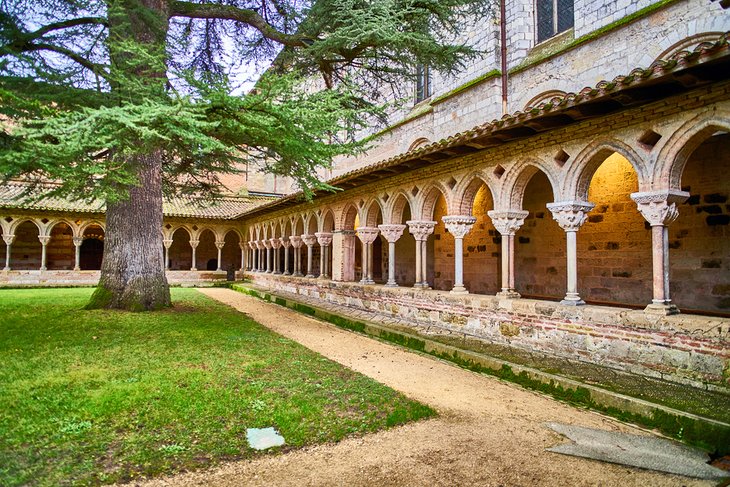
During the Middle Ages, Moissac was an important stop on the Saint-James Way pilgrimage trail to Santiago de la Compostela in Spain. The town is located about 71 kilometers from Toulouse, on a canal of the Garonne and Tarn rivers, in a beautiful landscape of orchards and vine-covered hills. Pilgrims came to visit the Abbaye Saint-Pierre, built from the 12th to the 15th century, with a magnificent facade that exemplifies ornamental Romanesque architecture. The Abbey Church is renowned for its richly decorated facade, considered the finest in southern France.
Enter the Abbey Church to admire its inspiring sanctuary, with architectural vestiges dating back to the Carolingian era. Be sure to see the Abbey's UNESCO-listed cloister, an exquisite space built from the 11th to the 13th century. From the cloister, visitors can access the Chapelle Saint-Michael. This chapel features astounding architecture. Its spherical vaulting supported by 12 columns represents heavenly Jerusalem. The Palais Abbatial, the former residence of the Abbot, now houses the Musée Marguerite Vidal, which illustrates the history of Moissac. After visiting the sites, soak up the town's pleasant ambience. Take a stroll along the Deux Mers, a meandering tree-lined path that follows the banks of the canal.
Montauban
About 54 kilometers from Toulouse, Montauban enjoys a picturesque setting on the Tarn River and has a rich cultural heritage. The 18th-century Cathédrale Notre-Dame contains an exceptional painting by Jean-Auguste-Dominique titled Louis XIII's Vow. The town also boasts an entire museum dedicated to Ingres, the Musée Ingres (9 Rue de l'Hôtel de Ville), in the former Bishop's Palace that was built in the 17th century. This collection includes more than 4,000 drawings by Ingres as well as sculptures by Antoine Bourdelle. Take time to admire the town's arcaded 18th-century square, the Place Nationale, and the 14th-15th-century Eglise Saint-Jacques. For a good photo-op of Montauban's cityscape and surrounding views, head to the 14th-century fortified bridge.
(thanks to: www.planetware.com)
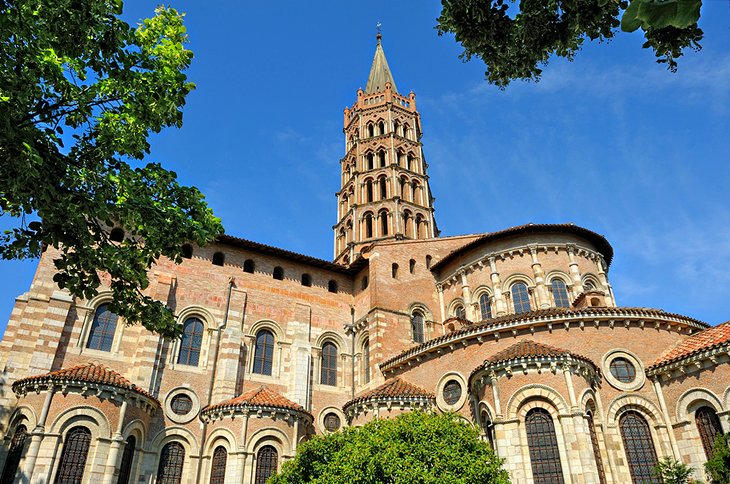
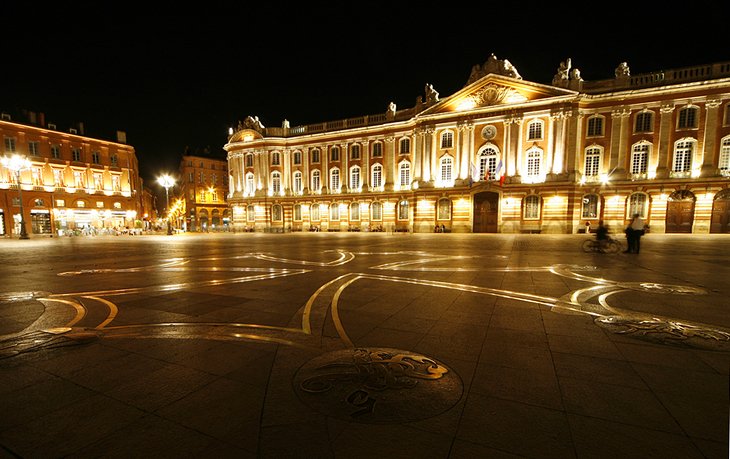
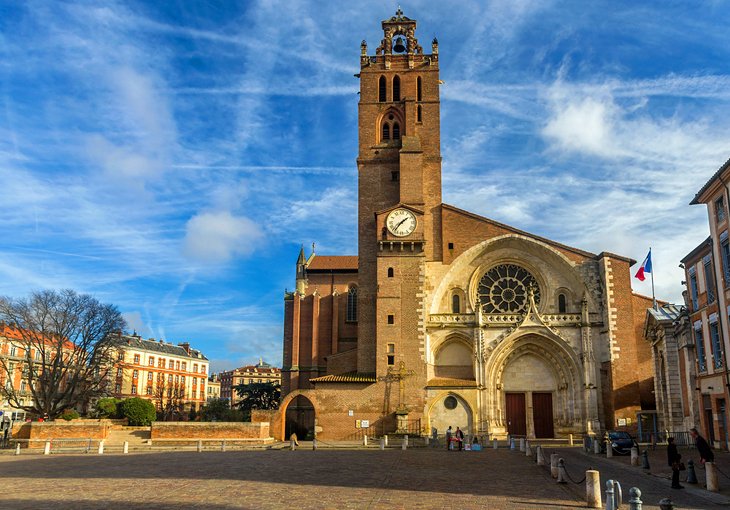
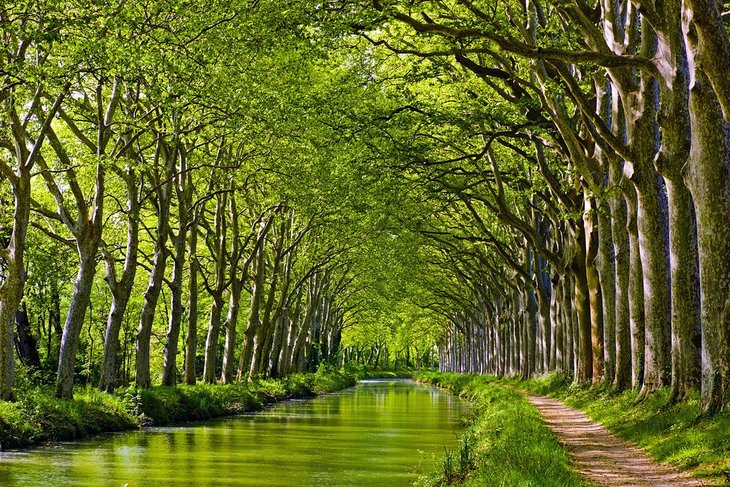
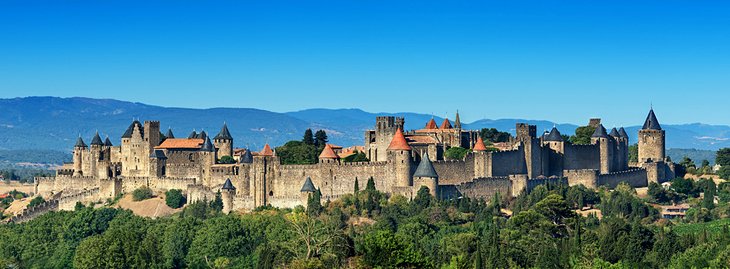
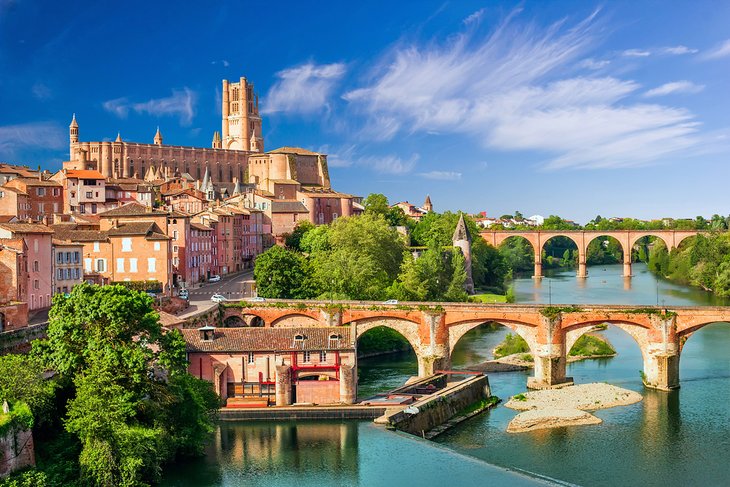
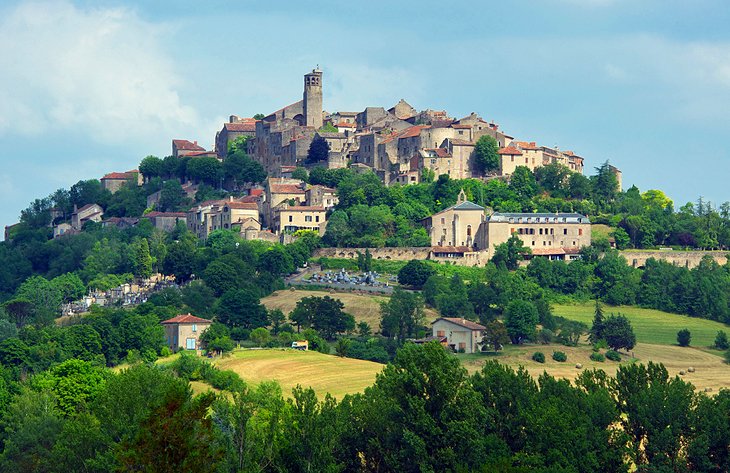
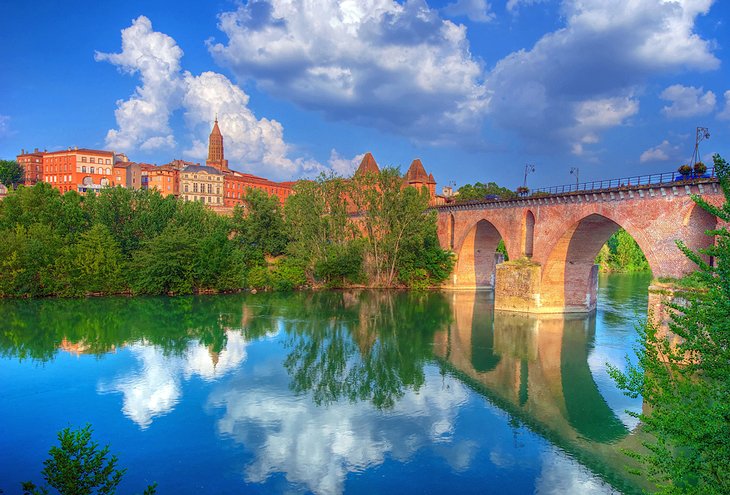
Comments
Post a Comment